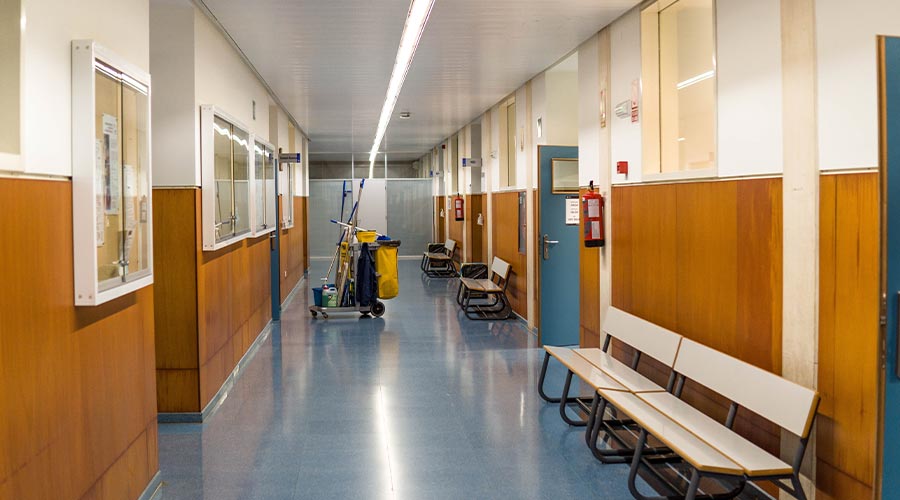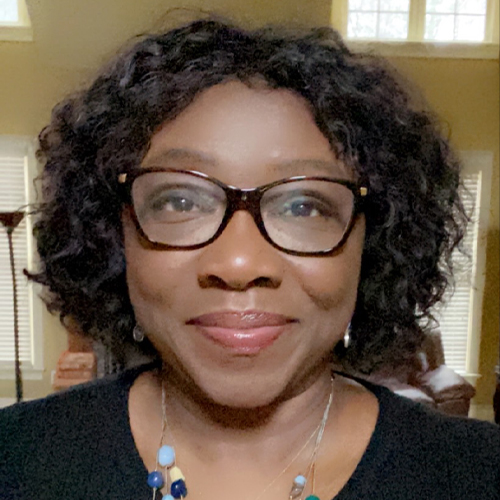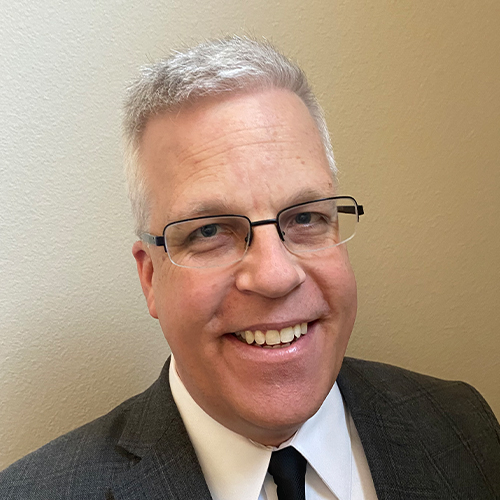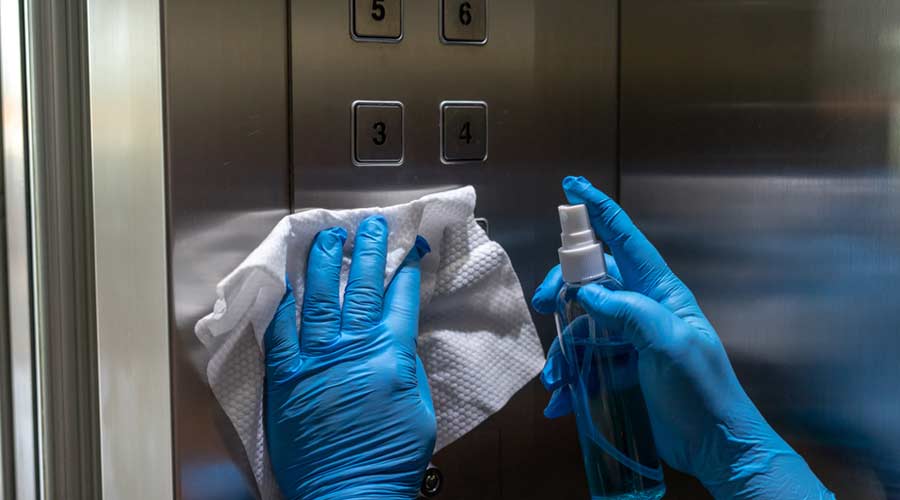
Improving health and environmental outcomes in K-12 and higher education facilities is an ongoing priority for many institutions across the United States. Vendor and distributor partnerships can support these institutions in achieving their facility operations goals, which often includes navigating the world of environmental standards related to procurement and operations.
Forging and leveraging strong vendor partnerships is a key factor in successfully managing a school’s transformation toward more efficient operations, enhanced learning, and healthy, green schools — a core component of the Healthy Green Schools & Colleges Program.
To explore how strategic vendor partnerships can drive a school’s facility operations success, the author spoke with two experts:

Kimberly Thomas
A founding member of the Healthy Green Schools & Colleges Steering Committee and former Senior Director of Services from the University of Georgia

Keith Schneringer
Senior Director of Marketing
JanSan + Sustainability at BradyPLUS
Q: Kimberly, as someone who has worked in both higher education and K-12 settings, what would you say are the key challenges school facilities face when trying to align with environmental standards in their product procurement?
Kimberly: One of the biggest hurdles is the lack of a statewide mandate requiring schools to purchase environmentally preferable products (EPP). While many schools strive to meet sustainability goals, they often lack the regulatory push to make these changes a priority.
Additionally, facilities must be mindful of taxpayer dollars and ensure that their purchasing decisions reflect both fiscal responsibility as well as environmental stewardship. This dynamic can deter many institutions from even starting the journey toward sustainable product procurement.
Q: Keith, how does BradyPLUS help K-12 schools and colleges navigate the complexities of understanding the impact of their current product selections and transitioning to environmentally preferable products?
Keith: Our approach is built on understanding the specific goals of our customers — whether they are working toward regulatory requirements, certification programs, or internal sustainability targets. We offer Green Partner Support (GPS), guiding our K-12 and higher education customers through the process of evaluating their existing products, identifying best-in-class sustainable alternatives, and staying informed about emerging certifications.
By engaging in proactive conversations and planning ahead, facilities teams can ensure a smoother transition while balancing budget, performance, and sustainability considerations.
Q: Kimberly, from your experience, what makes a vendor or distributor a true partner in supporting a school's healthy and sustainable facility goals?
Kimberly: A vendor partnership should go beyond transactional sales. The best vendors are knowledgeable about their product inventory, listen to the needs of their customers, and prioritize shared goals over financial gain. Schools benefit most from vendors who understand their operational challenges and offer solutions that support both short- and long-term sustainability efforts.
Q: Keith, what steps does your team take to stay informed about evolving product standards and opportunities for school customers, such as the Healthy Green Schools & Colleges Standard?
Keith: We take a multi-faceted approach to staying ahead of industry standards. First, we engage directly with our customers to understand which certifications and standards matter most to them. Second, we maintain connections with industry leaders to track emerging trends. Third, we invest in professional development — many of us at BradyPLUS have become LEED Accredited Professionals and CIMS-GB ISSA Certification Experts to better serve our customers. Lastly, we actively contribute to the development of new standards, ensuring that we are not only informed but also helping shape the future of sustainable facility management.
Q: Kimberly, can you share an example of a successful vendor collaboration that helped your facility meet a particular sustainability priority?
Kimberly: One standout example was our long-term partnership with Athens Janitor Supply. Over the years, they supported our transition to green facility operations by helping us identify sustainable equipment, providing staff training, and ensuring we had adequate stock during supply shortages. Their commitment to our sustainability journey was invaluable, especially as we worked through COVID-related operational changes during the onset of the COVID-19 pandemic.
Having a vendor who understands your priorities and can deliver solutions tailored to your needs makes all the difference.
Q: Keith, can you share an example of how your partnership with a school or district directly helped them achieve a sustainability goal?
Keith: We have supported numerous institutions, including University of California-San Diego, San Diego State University, University of California-Berkeley, and Pacific Ridge School, in their sustainability efforts. Our contributions have ranged from helping schools achieve LEED certification and AASHE (Association for the Advancement of Sustainability in Higher Education) STARS ratings to assisting with green cleaning policies and staff training.
A crucial aspect of our support is ensuring that facility teams have the knowledge and tools to maintain their sustainability initiatives long-term.
Q: Kimberly, what specific qualities or practices do you look for in vendors to ensure they are well-positioned to help your institution achieve sustainability goals?
Kimberly: I prioritize vendors who are proactive in keeping up with industry advancements, hold their own sustainability credentials, and follow through on their commitments. Reliability is critical — whether it’s showing up for scheduled training, resolving equipment issues, or demonstrating an understanding of our unique operational needs and budget realities.
Q: Keith, what advice would you give to facilities leaders who want to maximize the value of their vendor partnerships in sustainability efforts?
Keith: Find a distributor partner you trust and think of them as an extension of your team. The more you involve them in your objectives — whether it’s achieving a certification, managing budget constraints, or solving operational challenges — the more resources they can bring to the table. A strong partnership isn’t just about purchasing; it’s about strategic collaboration to drive long-term success.
Building sustainable, healthy school environments requires collaboration between facilities teams and knowledgeable vendor partners. By engaging in proactive conversations, leveraging expert support, and prioritizing long-term relationships, schools can successfully navigate the challenges of pursuing more sustainable facility management practices.
Sara Porter has worked with Healthy Schools Campaign for over 15 years. She currently serves as director of Healthy Green Schools & Colleges, a program that helps K12 and higher education institutions identify and implement low- and no-cost measures that promote healthy environments.

 The Down and Dirty on Cleaning in Virus Season
The Down and Dirty on Cleaning in Virus Season How Surfactant Use is Expanding in Commercial Cleaning
How Surfactant Use is Expanding in Commercial Cleaning Operational Excellence Series 2025: Better Budgeting
Operational Excellence Series 2025: Better Budgeting